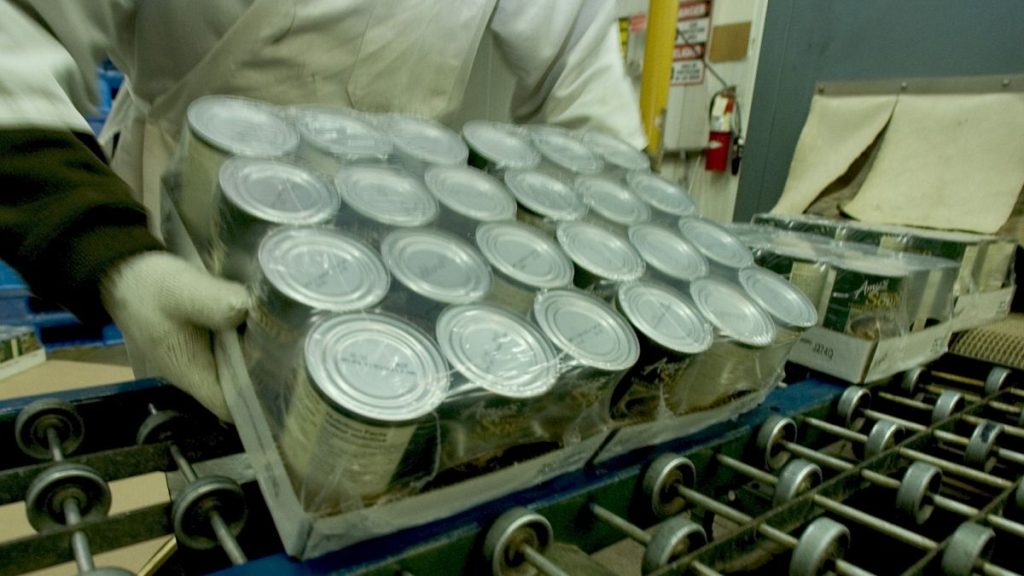Bisphenol A (BPA), a ubiquitous chemical compound used in the production of various plastics and resins, has officially been banned in the European Union from any contact with food products as of January 20, 2024. This landmark regulation represents a significant stride toward minimizing human exposure to this harmful endocrine disruptor, a substance that interferes with the body’s hormonal system, potentially leading to a range of health problems. The ban encompasses a wide array of materials that may come into contact with food, including glues, rubbers, ion exchange resins, plastics, printing inks, silicones, varnishes, and coatings, underscoring the pervasive nature of BPA in everyday items and the comprehensive approach the EU has taken to mitigate its risks. This action is a crucial step in safeguarding public health by significantly reducing major sources of BPA exposure.
The EU’s decision to ban BPA in food contact materials stems from mounting scientific evidence linking the chemical to various adverse health effects. Classified as a substance of very high concern under REACH (Registration, Evaluation, Authorisation and Restriction of Chemicals), the EU’s primary chemicals legislation, BPA has been recognized for its reproductive toxicity since 2006 and for its endocrine-disrupting properties affecting human health since 2017. Studies have associated BPA exposure with serious health issues, including breast cancer, neurobehavioral disorders, and diabetes, highlighting the compelling need for regulatory action. The European Food Safety Authority (EFSA) further reinforced this concern in 2023, concluding that dietary exposure to BPA poses a health risk to consumers of all ages. This comprehensive assessment provided the scientific basis for the EU’s decisive ban, prioritizing the protection of public health.
The ban on BPA in food contact applications builds upon earlier restrictions implemented in 2011, which prohibited the use of BPA in products intended for infants and young children, such as baby bottles. Recognizing the particular vulnerability of this age group to the potential harmful effects of BPA, this initial measure signaled a growing awareness of the chemical’s risks. The current, more comprehensive ban expands this protection to the entire population, acknowledging that BPA exposure through food contact is a concern for individuals of all ages. This progressive approach demonstrates the EU’s commitment to adapting regulations based on evolving scientific understanding and prioritizing the well-being of its citizens.
While the EU’s ban represents a significant advancement in regulating BPA, advocates for stricter controls emphasize the lengthy process that preceded this decision. Scientists have been urging a ban on BPA for over a decade, with reports from organizations like the European Environment Agency highlighting concerns about the chemical’s potential harm. The extended timeline underscores the complexities of navigating scientific research, regulatory processes, and industry interests in enacting meaningful change. Advocacy groups now hope that this landmark decision will accelerate future actions regarding BPA’s use in other consumer products, fostering a more proactive approach to chemical regulation.
The Health and Environment Alliance (HEAL), a prominent organization dedicated to protecting public health and the environment, has played a key role in advocating for stricter regulations on BPA. HEAL emphasizes the importance of extending the ban to encompass other products beyond food contact applications, particularly those used by children, such as toys. This broader perspective recognizes that exposure to BPA can occur through various pathways and that a comprehensive approach is necessary to minimize overall exposure and protect vulnerable populations. HEAL’s advocacy underscores the ongoing need for vigilance and continuous evaluation of BPA’s presence in consumer products to ensure comprehensive protection of public health.
Looking ahead, the EU’s ban on BPA in food contact materials sets a precedent for other regions and countries to follow, potentially inspiring global action to regulate this harmful chemical. Furthermore, the extended timeline leading to this ban highlights the importance of proactive chemical regulation, based on precautionary principles and prioritizing human health and environmental protection. As scientific understanding of chemical risks evolves, it is crucial for regulatory frameworks to adapt swiftly and effectively to mitigate potential harm. The ongoing dialogue between scientific research, regulatory bodies, and advocacy groups will be essential in shaping future policies and ensuring that public health remains at the forefront of chemical management decisions.

